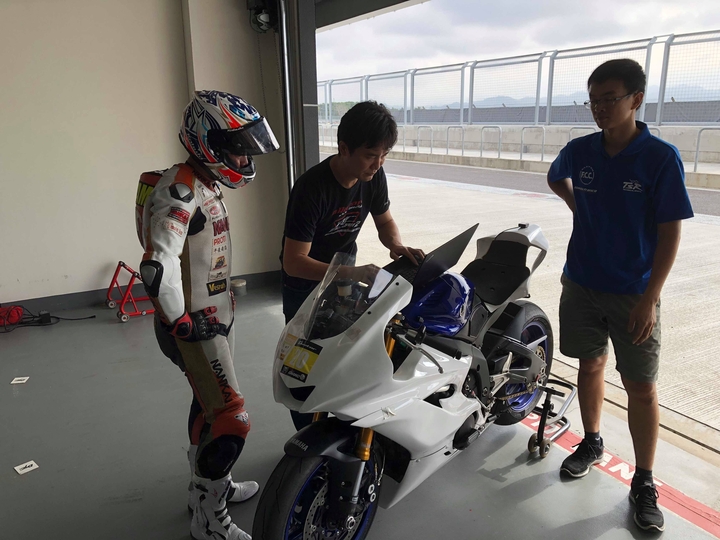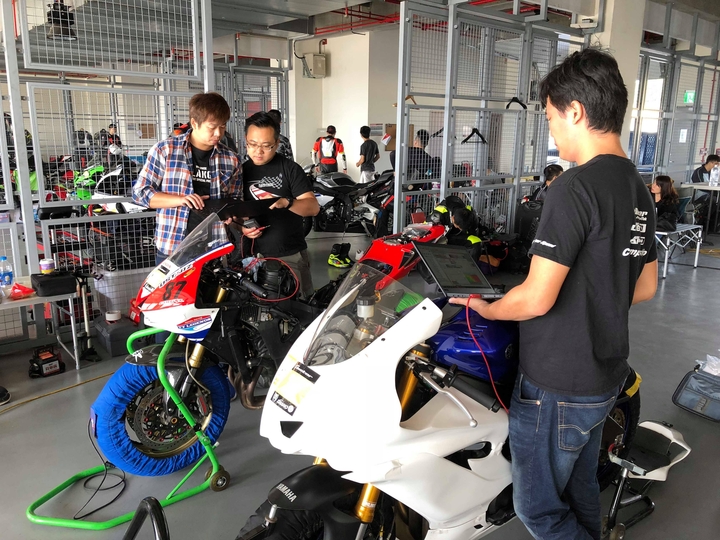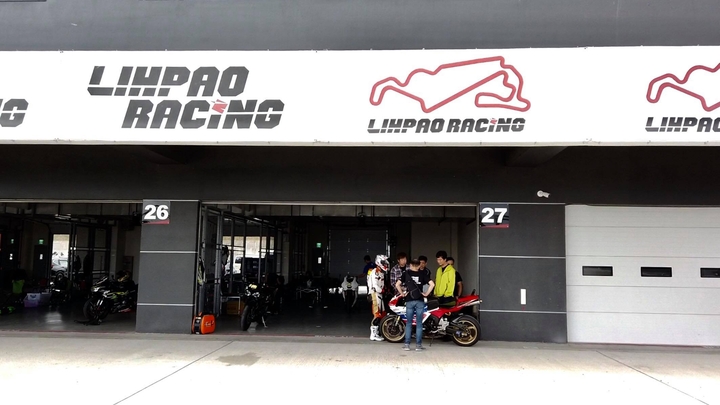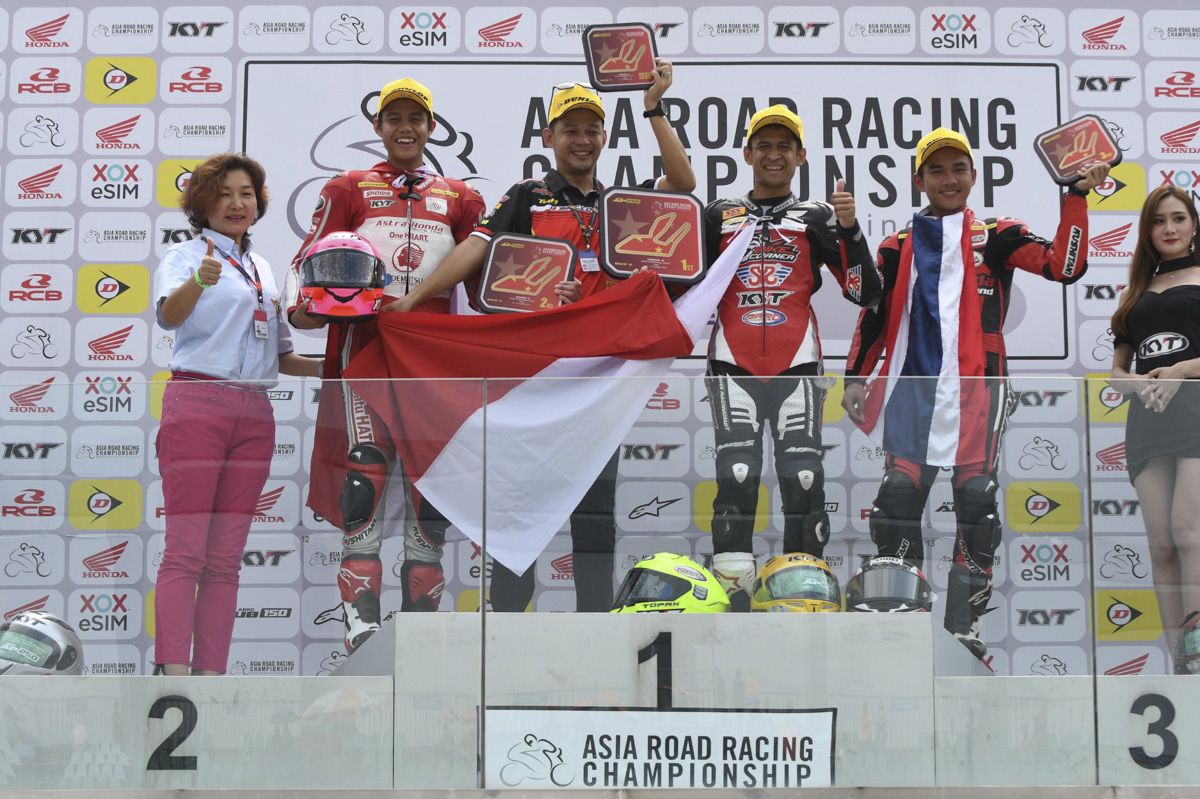
In ARRC Winter Test, the teams usually will focus on how to settle the problems of this season, how to response to the new rules of 2020 competition season, or letting the newcomers warm up and get familiar with the car conditions.
However, besides the foregoing purposes, ARRC Winter Test 2019 will mainly focus on testing new tire formulas for SS600 and AB1000 and testing aRacer's electronic control system for SS600.
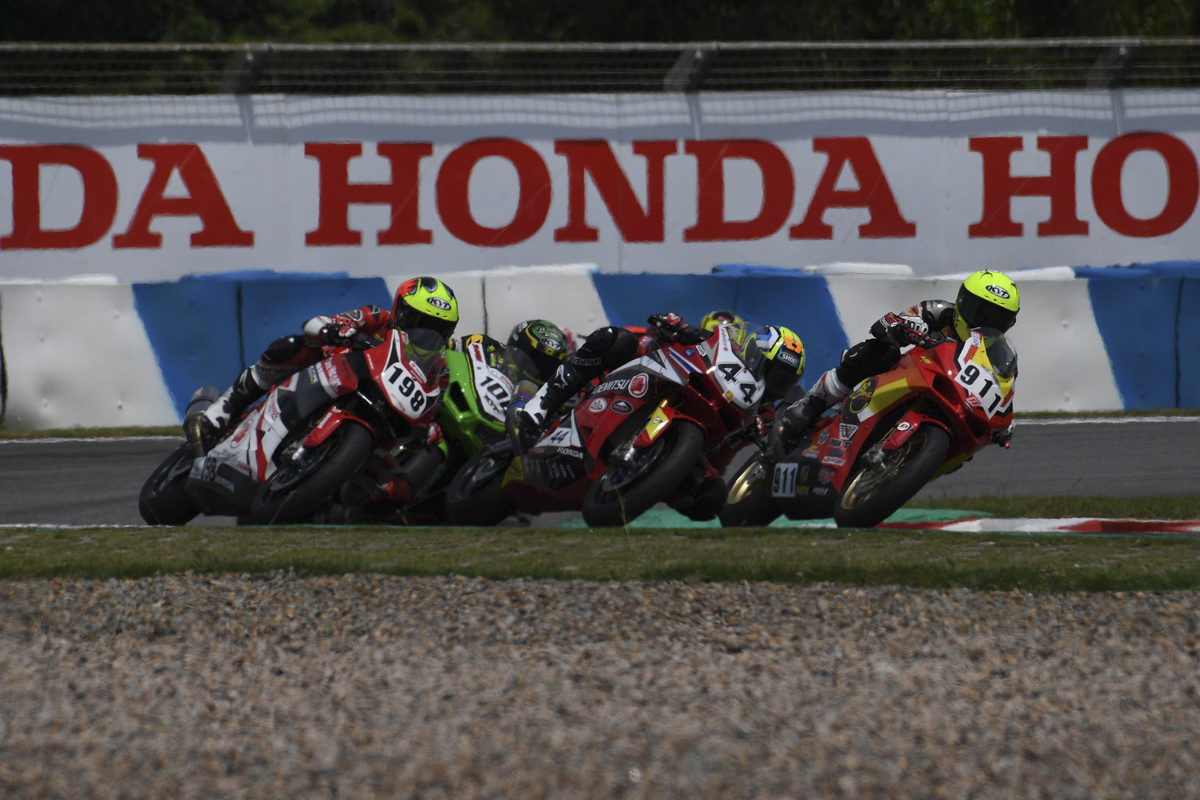
This time, in addition to the unified aRacer ECU used by AP250, the aRacer winter test team also brought the new electronic control system of Yamaha R6 and CBR600rr and will cooperate with different factory teams to test the electronic control system. The ARRC Winter Test was conducted in 2 days and this year will be held in Chang International Circuit, Thailand, on December 2nd and 3rd.
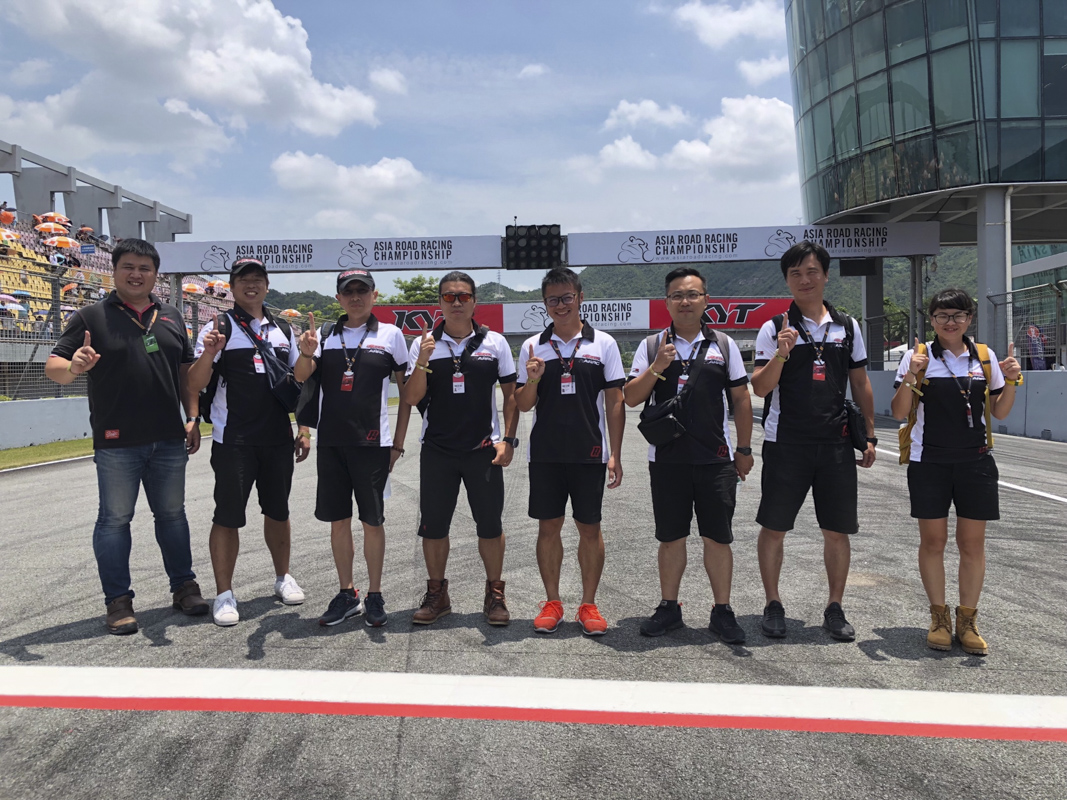
The so-called winter test is that after each team completes the setting of the motorcycles, the organizer will provide from 60 minutes to 120 minutes per section, allowing the participating teams to fully test. However, the teams participating in the winter test hope to get the best single lap setting, so the racers usually do not allow to ride for 60 minutes at a time.
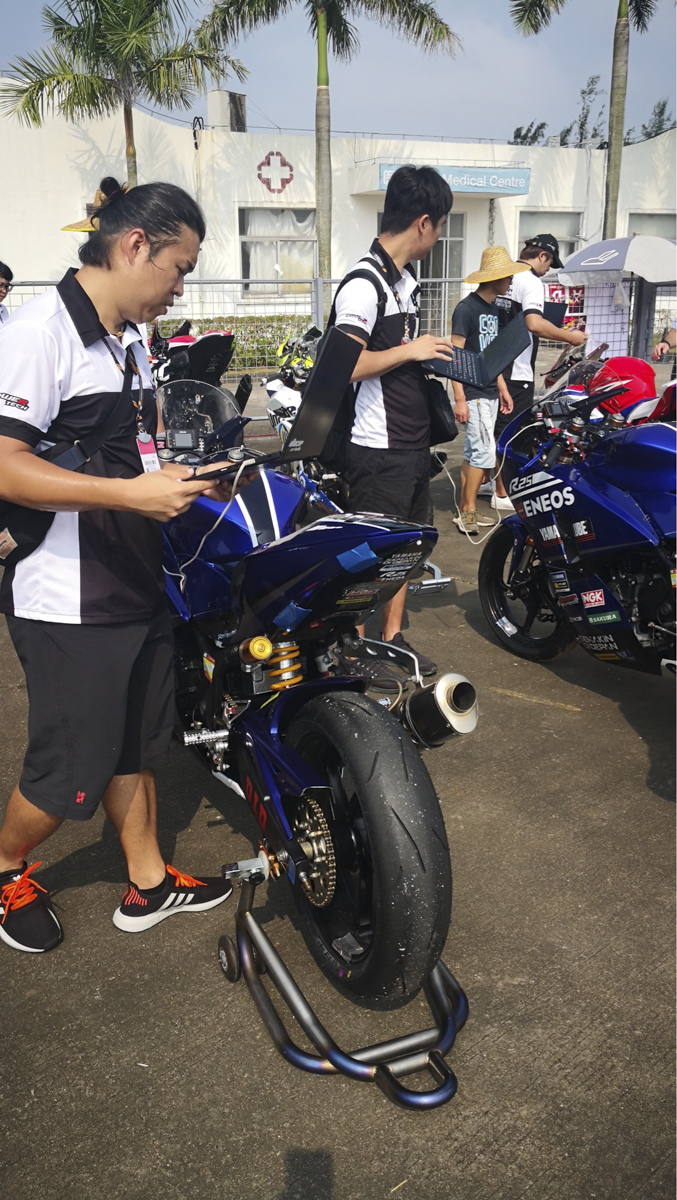
Because limited by tire wear, racers usually have to perform the best single lap result during riding about 3 to 6 laps, otherwise, the performance will deteriorate with the tire wearing.
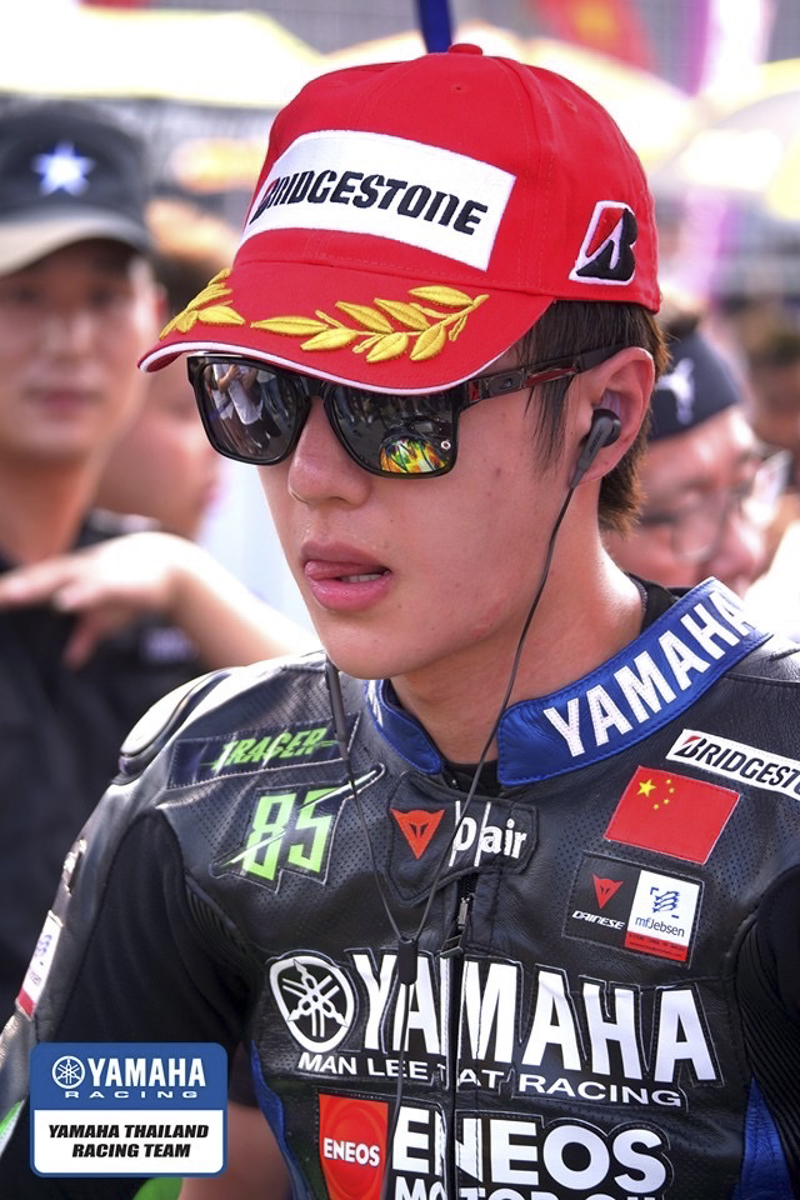
In addition, the racers of SS600 and ASB1000 usually will test at the same time, so you can see the shocking scene of ASB1000 racers surpassing SS600 racers on the straight track. However, because it is only the winter test, sometimes SS600 veterans will surpass ASB1000 rookie on the curve, and after leaving the curve, SS600 riders will take up the straight track to prevent the ASB1000 riders from overtaking. From this you can see that SS600 still has some advantages in curve speed.
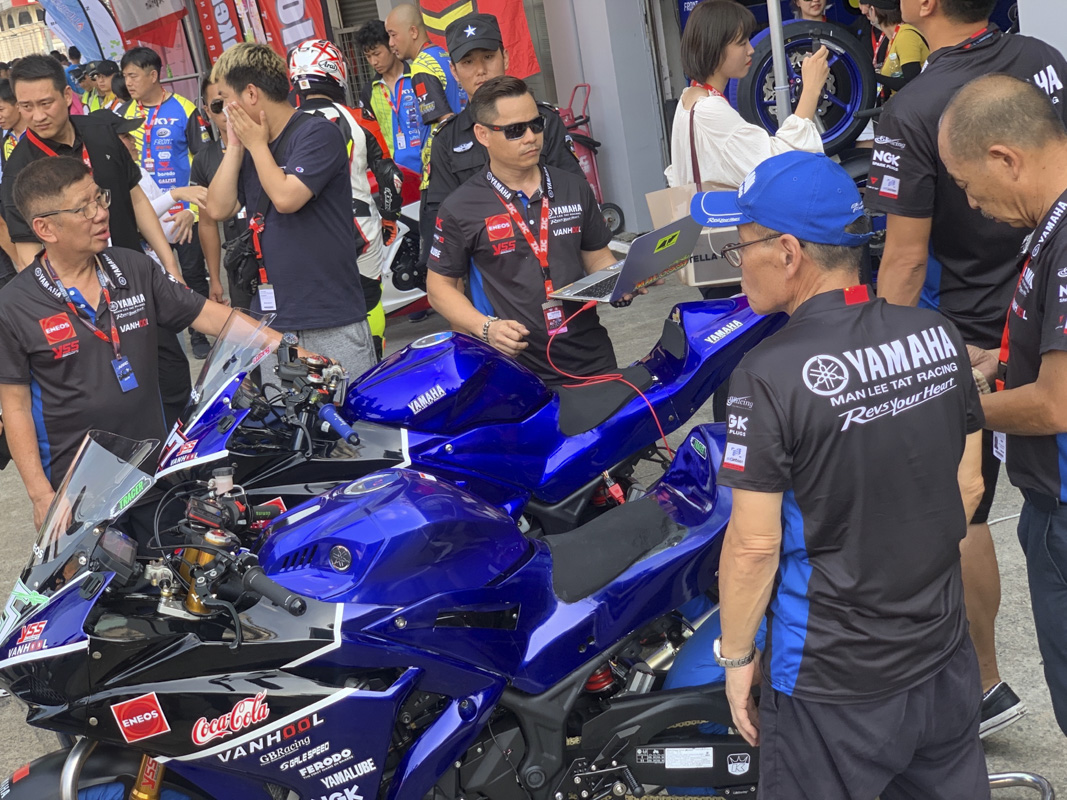
In addition, the winter test is also the best time for each team to observe next year's opponents' results. In order to avoid the outflow of test results, some teams even deliberately forget to install the race timer, or change the timer between different motorcycles, or take other small means to prevent their secret weapons from being discovered early.
Because the test time is 2 days and per section is more than 60 minutes, the tire consumption is incredible. Apart from the team technicians, the busiest on the racing circuit, the staff of Dunlop who is the tire supplier of ARRC is also very busy at the pit stop.
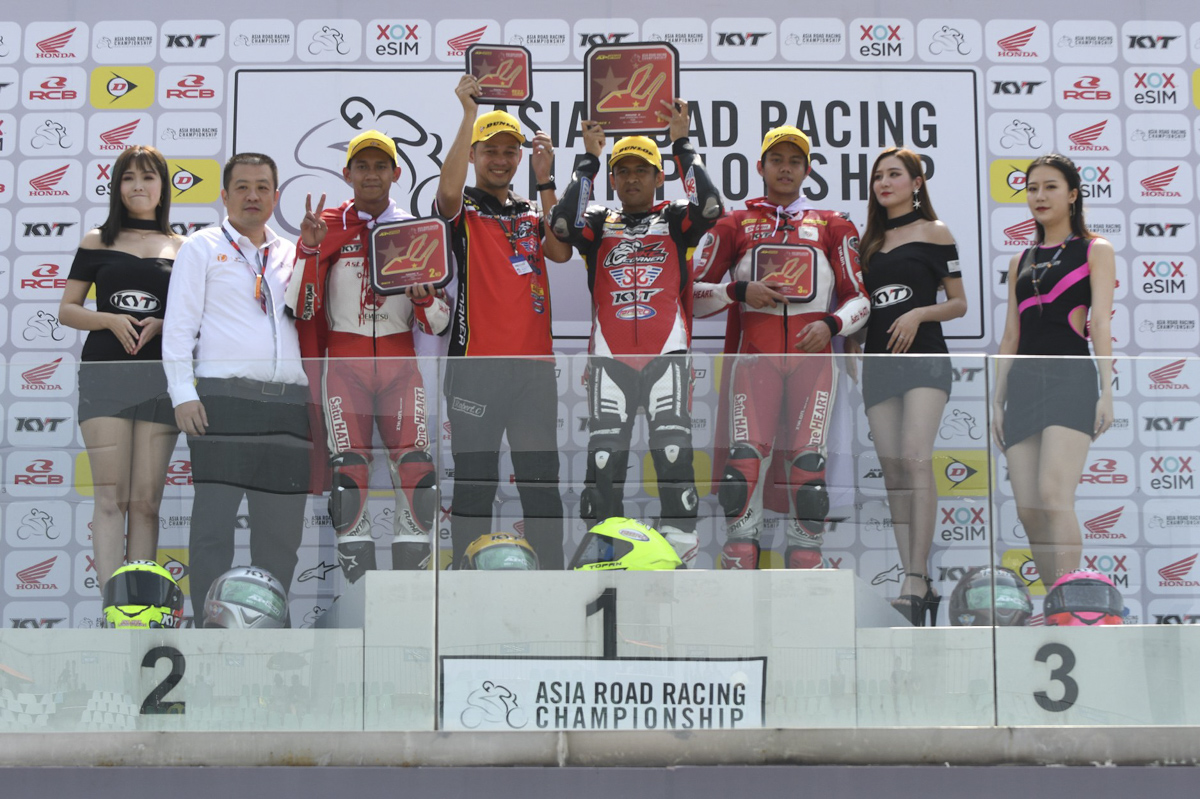
The Winter Test officially began.
The aRacer winter test team updated the electronic control system of CBR600rr for a certain Honda Racing Team who does not want to reveal the team name based on the confidentiality agreement. Because in winter testing the teams usually test new technologies or secret weapons for the 2020 racing season, and the relevant test content is very confidential, especially the factory teams with HRC technical support.

When we arrived pit box, a red HRC Race Base spare motorcycle was waiting for us. After the technician installed the aRacer electronic control system skillfully, he started to proceed the initial setting, and the electronic control technicians of the team were also curious about what new weapons aRacer got.
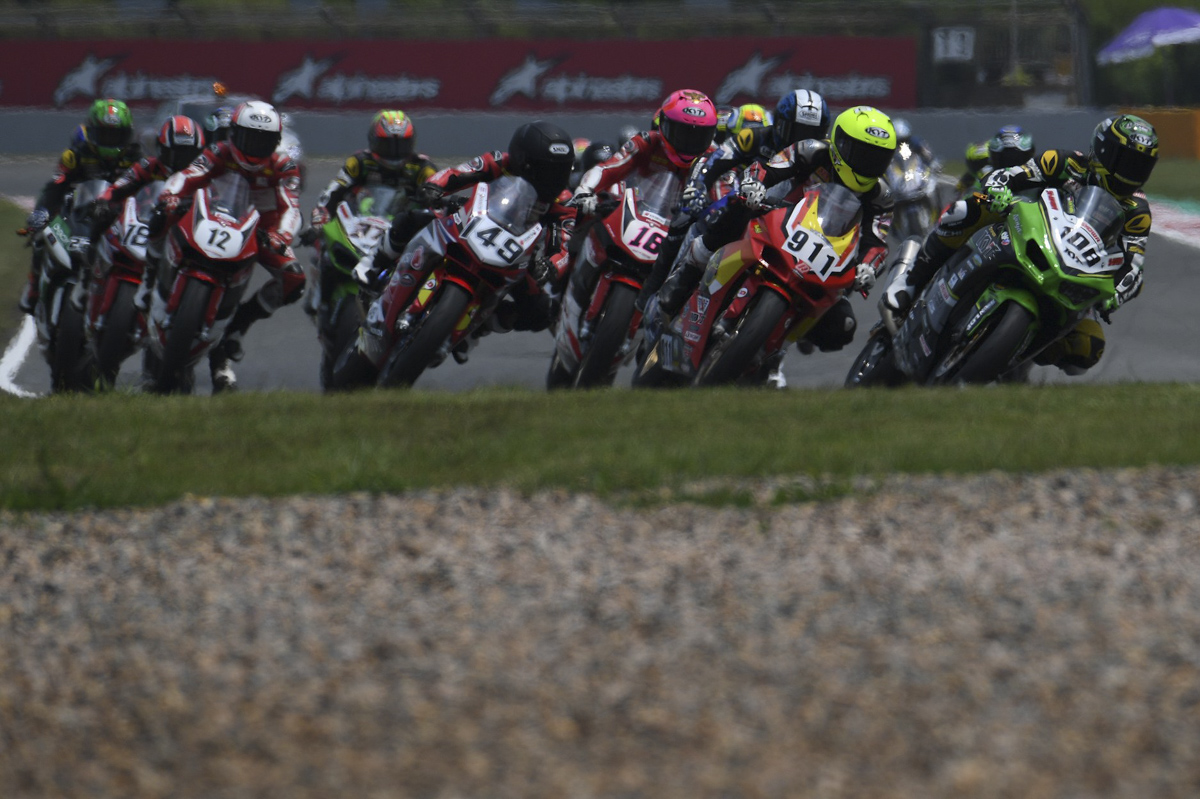
The racers who stayed for the winter test were just upgraded from AP250 class to prepare for SS600 class next year, so they were very familiar with aRacer's electronic control system. It was our common goal to let the test riders get the same results as their regular racing teammates and push the motorcycles and the riders to beyond the limits with more freedom.
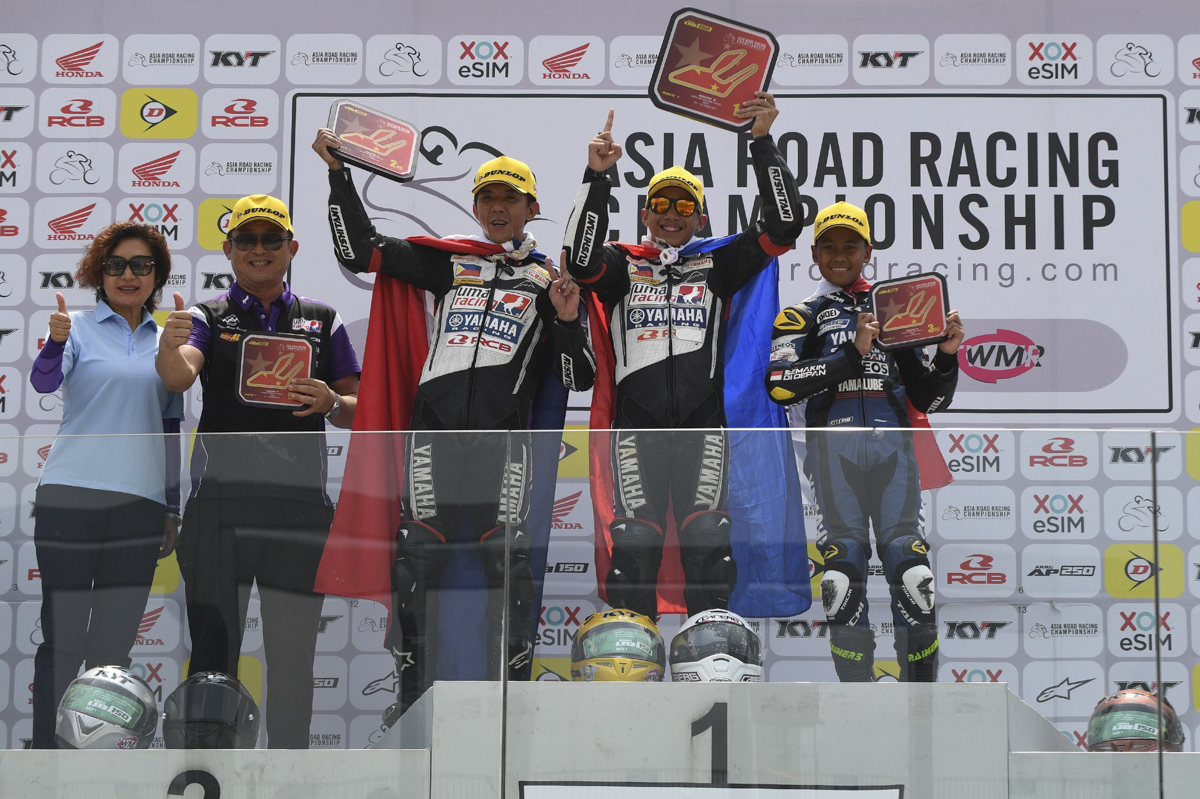
Due to the limited fund, there were not too many sets of tires, so after a small number of test laps, the engineer adjusted the output intensity of motive power after leaving the curve and the degree of brake deceleration intervention before entering the curve. Using a spare motorcycle that has once slipped achieved the best result of the single lap of 1: 40.377, which is very close to the single lap result of the regular race.
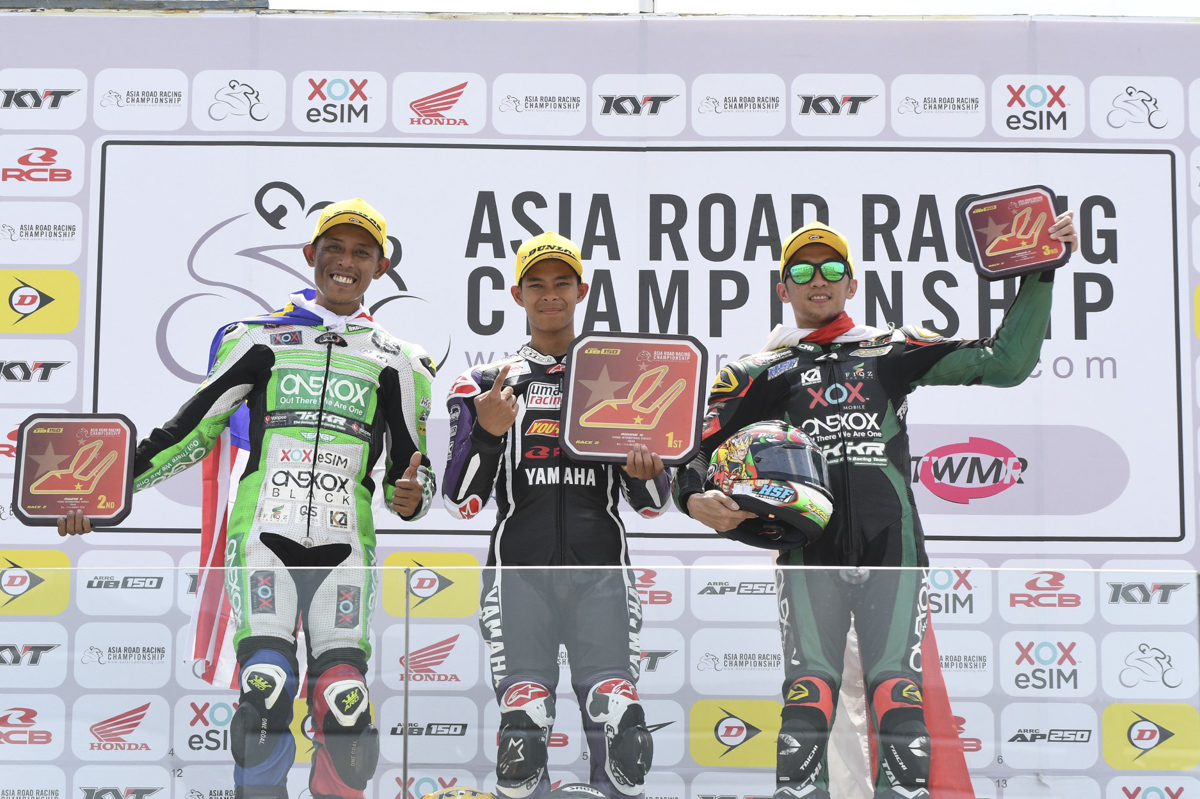
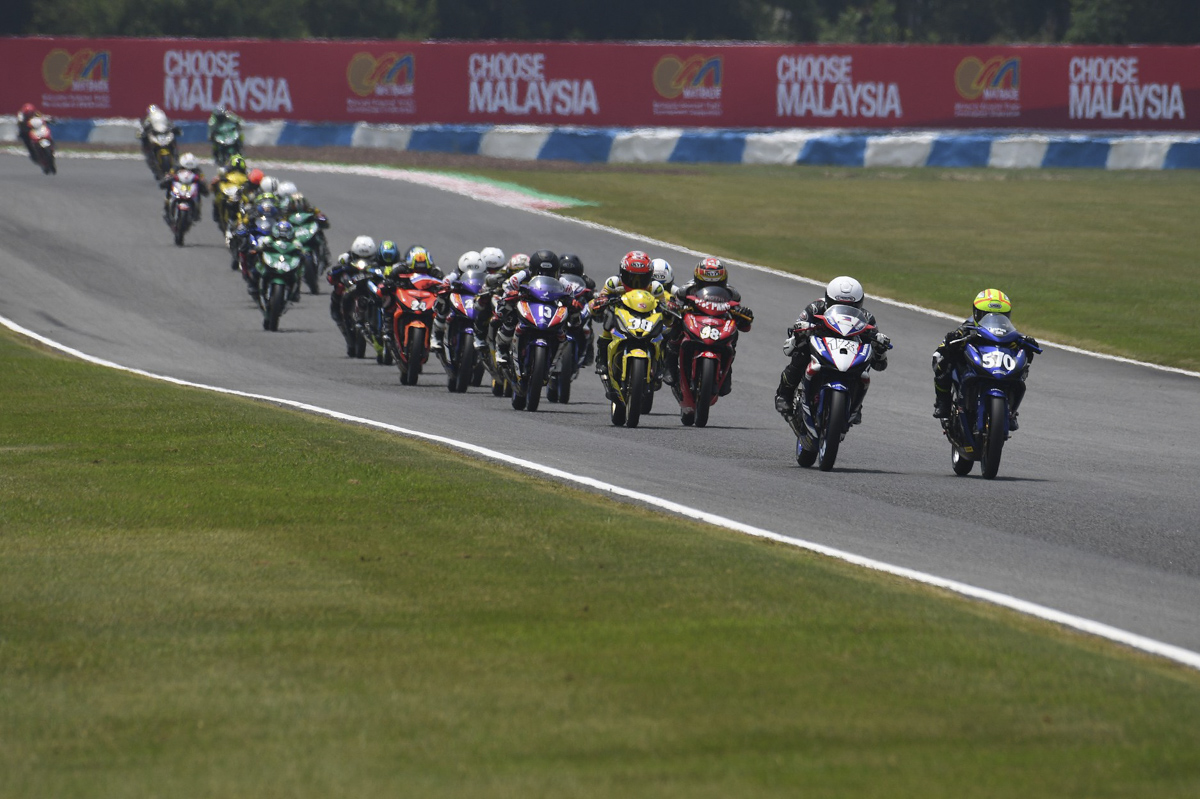
In terms of the testing of YAMAHA YZF-R6, R6 is currently the most competitive motorcycle on the market, and it has almost included top four places of SS600 class in ARRC. In addition to the newer generation model, the original electronic control system is already close to the MotoGP level, and other top equipment Includes the power system with eight nozzles as standard, manifolds with variable length, variable exhaust valves, throttle-by-wire, quick shifter and traction control system. aRacer developed a new electronic control system for R6, and whether it can surpass the former single lap result of the team is the focus of this winter test.
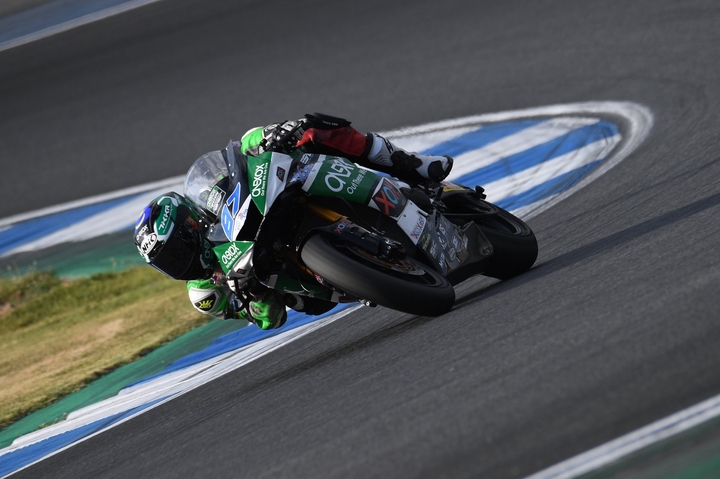
At the beginning of 2019 season, most teams used YEC or GYTR (the original factory-supplied electronic control system of Yamaha) electronic control kit to make adjustment in accordance with the track. Beginning from the Suzuka stop, some teams started to use an Italian M-brand ECU and these teams also began to show some lead in the performance, because the M-brand ECU can provide more changes in tuning motorcycles and give racers more controllable grip.
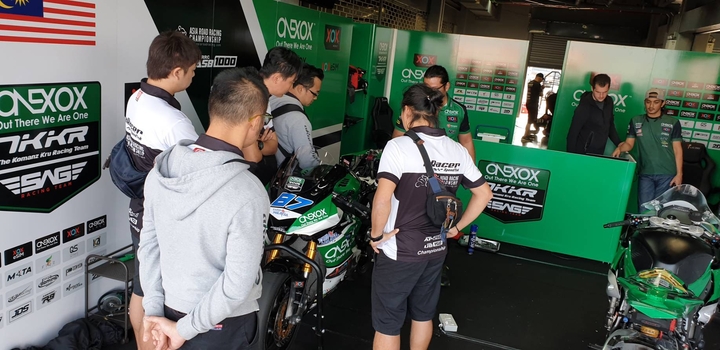
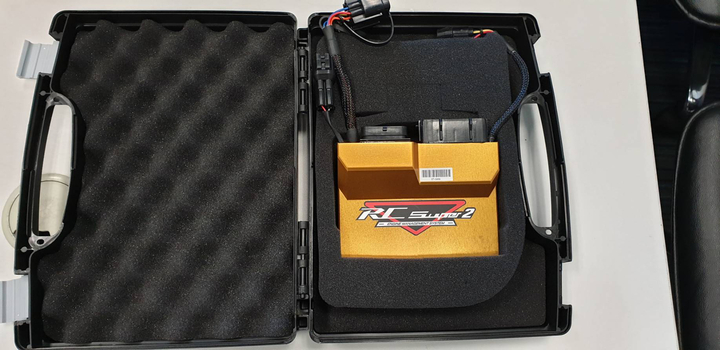
As for the team participating in the Yamaha R6 test of ARRC Winter Test, Malaysia's ONEXOX TKKR SAG TEAM, which has actively participated in MotoGP this year, would cooperate with the test. Because the team used GYTR and M-brand ECU separately on different motorcycles, therefore aRacer can cross-check the test results at the same time.
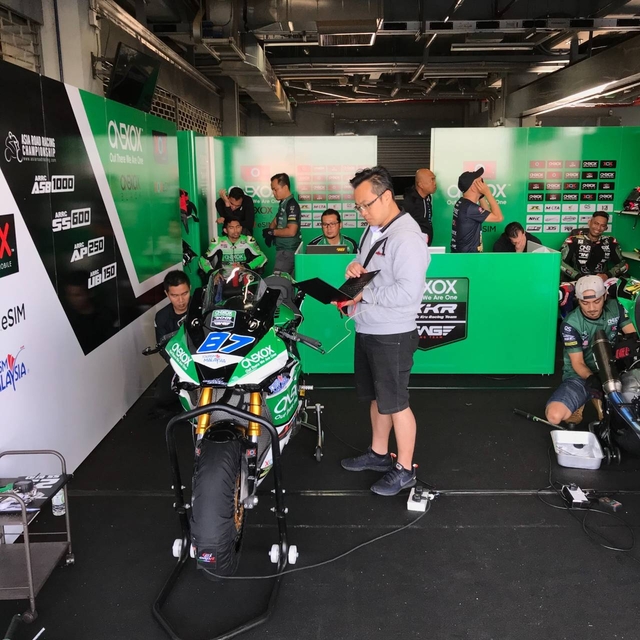
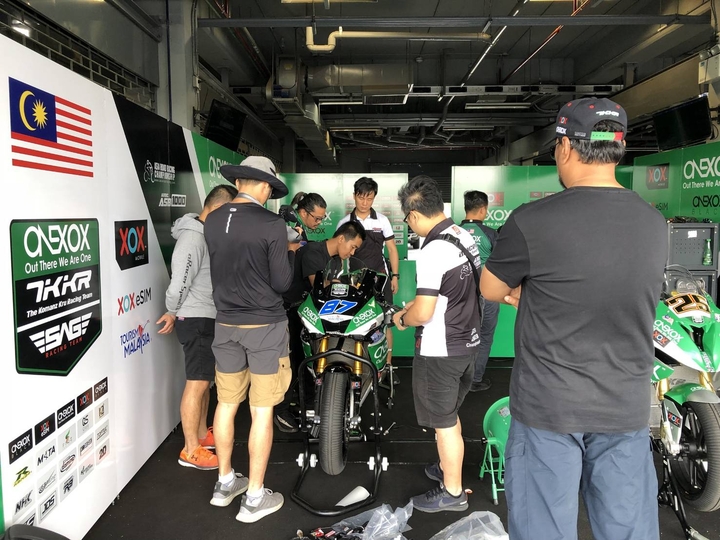
The aRacer team watched the wiring of European M-brand electrical control system and ECU being removed and set aside, and the aRacer racing kit was installed. They were a little excited and uneasy, because the aRacer R6 ECU has never competed head-to-head with a well-known European system manufacturer on the racing circuit. After a few laps of testing and adjustments, the racer lived up to the expectation to break the record of the regular race result by 0.4 seconds, and this made the team excited and let the aRacer test team return home with a full load of data.
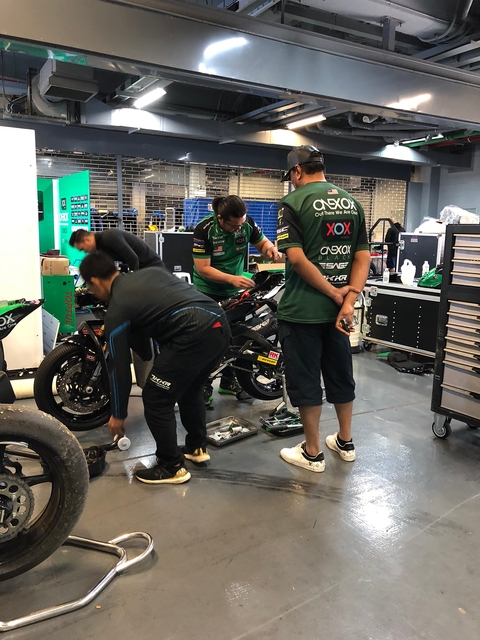
During the preparation period, the technicians of TKKR team generously invited the electrical control engineers of German Alpha Racing hired by the team to proceed technology exchange with aRacer. Although each other used different logic to control the motorcycles, they can still achieve the same goal. Of course, the BMW 1000cc motorcycle which the electronic control engineers of Alpha Racing is responsible for is more complicated, therefore the German engineers also shared the experience of data interpretation on the field. This made the aRacer team realize that even without the support of the factory team, relying on these powerful data analysis, the TKKR team can still win the first annual championship of ASB1000 class of ARRC.
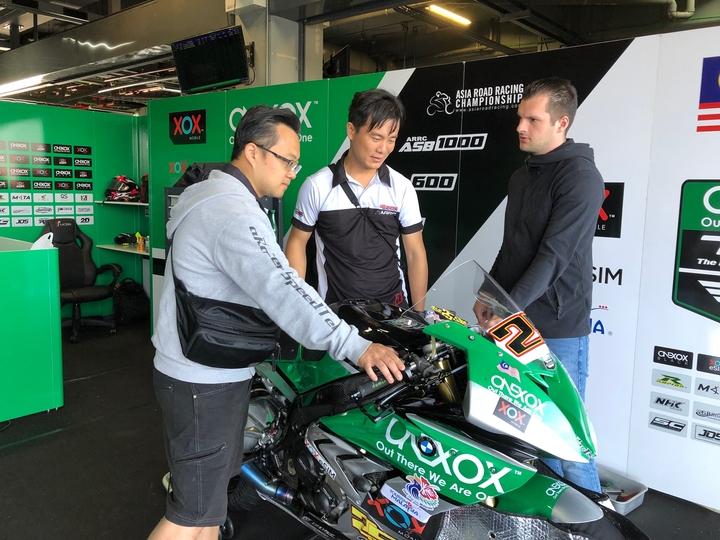
Conclusion
The racing classes of 600cc and 250cc are two completely different categories. The 250cc class is mainly about how to achieve stability and achieve the maximum output motive power as quickly as possible, but the 600cc class requires more details on the output motive power, and fine control between on and off of the throttle, in addition to the maximum output motive power.
You can see the engine of 600cc accelerating to 16000 rpm, and bringing 120 horsepower to push the speed of the motorcycle to 280 km/h. At the same time, by using complex logic mathematical operation, the dual CPUs achieve a 2 decimal places of output power change between the on and off of the racer's throttle, and this allows the ECU to provide the high-precision output power of 4 cylinders, 8 nozzles and 4 ignitions in real time. A little difference or lack of precision will make the racer unable to fully transfer the power to the ground, or the lack of grip before entering the curve, leading to the loss of winning the champion.
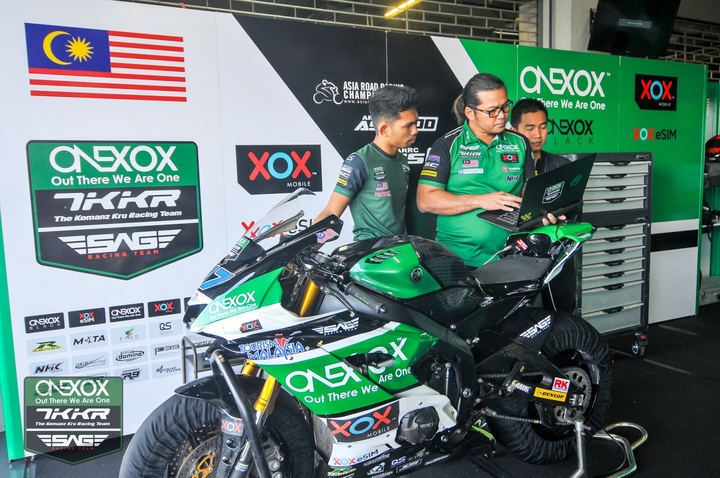
This winter test allowed aRacer to realize that there is always someone better than you, as well as the electronic control systems dominates the relevance between high-powered motorcycles and controlling. How to achieve the comprehensiveness of motorcycle settings through data collection and analysis, and combined with the racers' physical sense, this is a new field and a new challenge. SS600 class competition in 2020, aRacer is here!
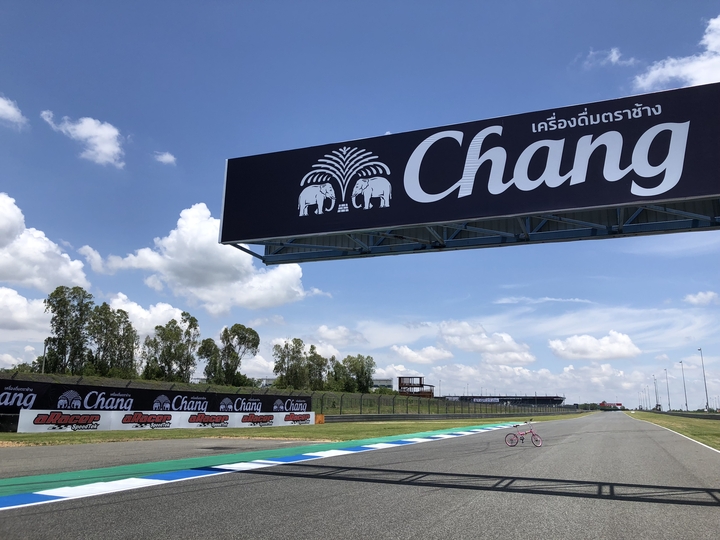
Behind the scene
Before Winter Test, aRacer invited William Chiang who was the champion of SS600 class of Taiwan Speed Festival to help setting dynamic parameters. Let’s see what Mr. Chiang said:
